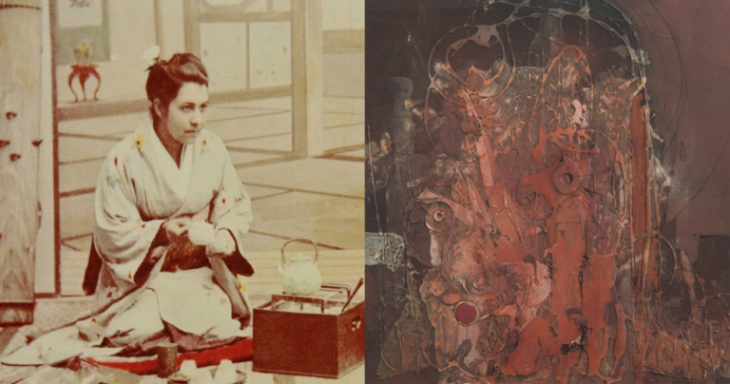The Armenian Museum of America is preparing to present a new exhibition in the Adele and Haig Der Manuelian galleries, exploring the intertwined lives of diplomat Diana Agabeg Apcar (1859-1937) and artists Berjouhi Kailian (1914-2014). The exhibition will open on April 24, 2019 in recognition of Armenian Genocide Remembrance Day. The exhibition hopes to engage in meaningful dialogue around this solemn subject that permeates Armenian experience around the world.
According to the museum’s website: “The exhibition centers on the notion that individuals who take a stand can impact lives exponentially. Not many know of Diana Apcar and the impact she had on shaping the discourse about the plight of Armenians during WWI. Born in Myanmar (Burma) into a prominent Armenian merchant family, she grew up in Calcutta, and moved to Yokohama with her husband, who was also a merchant. Acting as an unofficial diplomat, Diana tirelessly wrote letters, newspaper articles, and books to create a network of support for Armenians throughout the world. In Japan, she provided food and shelter, helped with visas and travel documents, and fiercely negotiated with the steamship companies to unite Armenian refugees with relatives in the United States. She was named Consul to Japan by the Armenian Republic, making her the first female diplomat in the modern age.
A survivor of the Armenian Genocide, Berj Kailian fled from her home in Ottoman Turkey, strapped to her mother’s back, to Yerevan (present-day Armenia). They managed to board the Trans-Siberian railroad to a refugee camp in Vladivostok, Russia, where Diana Apcar reached out to bring them to shelter in Yokohama. She arranged their passage on the Mexico Maru to sail to Seattle, Washington, where they made their way to join family in Weymouth, MA. Berj became an artist and made paintings and prints, many of which recall her history as a refugee in a visceral way. Layered surfaces with earthbound colors reveal a buried past that revisited her memory throughout her long life. This significant body of work was donated by her family to the Armenian Museum in 2018. They are on display with Diana’s personal objects, letters, and ephemera to tell this important story of persistence, survival, and witness.”
The event will take place from 6:00 p.m. to 8:30 p.m. for a candlelight viewing of the galleries, followed by a discussion of the traumatic effects of the Genocide to remember the victims, survivors, and individuals who chose to intervene.




























































